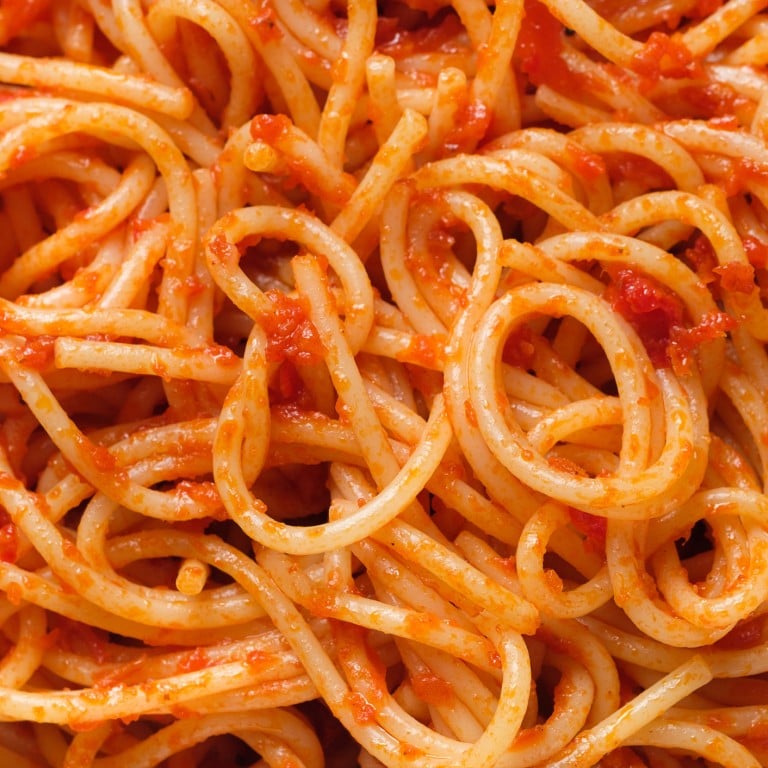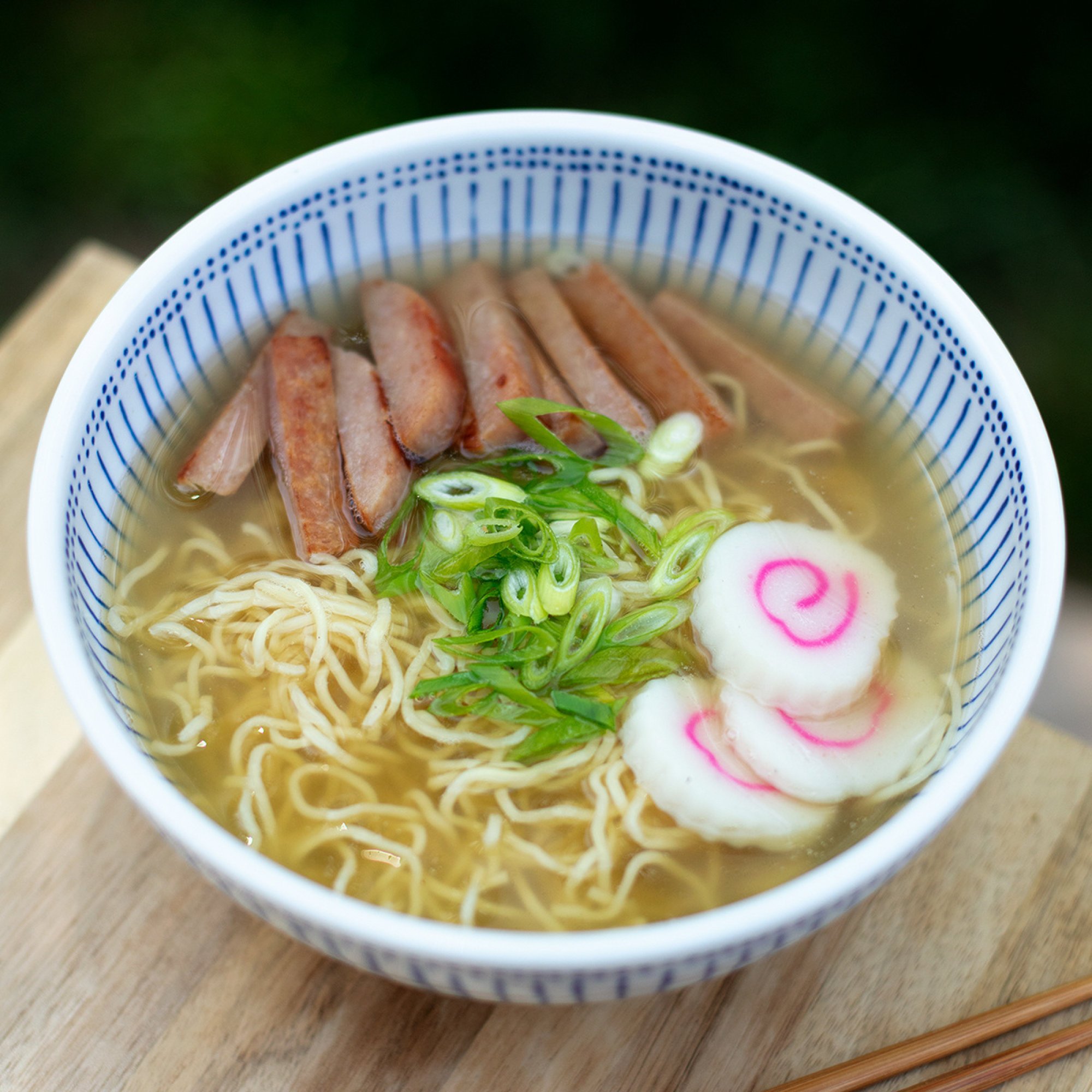Explainer / Inside Italy’s ‘pasta crisis’ – but did spaghetti come from China? As a global shortage of the national staple heats up, we lift the lid on Marco Polo’s disputed ‘noodles’ origin story

In recent weeks, pundits of every stripe have been lining up to expound on the causes and ramifications of Italy’s nationwide “pasta crisis”. All the excitement was sparked by spiralling prices at local stores and supermarkets which, in late March, saw shoppers paying 17.5 per cent more per standard measure than they had 12 months previously.
The situation was seen as serious enough for Adolfo Urso, the country’s minister for economic development, to convene a commission and hold emergency talks. Lawmakers, consumer rights groups and representatives from the big pasta producers were all summoned to Rome to pinpoint the reasons and address the growing problem.
Why is the egg so important? Crack open Taschen’s new book to find out …
The ‘pasta crisis’ explained
Briefing notes prepared for the minister no doubt reminded him that pasta prices had increased by more than twice the rate of Italy’s broader inflation index. Notably, over the same period, commodity prices for durum wheat, the central ingredient, had fallen by around 30 per cent on international markets. And supply bottlenecks, usually attributed to the impact of the ongoing war in Ukraine, had generally eased over the past few months.

Alert to these trends, the commission struck a positive note after their talks, announcing that pasta prices were already showing “the first, albeit weak, signs” of a decrease. They said they hoped that further significant drops would soon be on the way and promised to monitor the situation closely and protect consumers.
Predictably, the producers made mention of the need to sell inventories laid in when costs were indeed higher, and of bigger bills for energy, packaging and logistics. Others weren’t slow to suggest the possibility of corporate greed and attempts to pad profits.
You can’t think about Italy without thinking about pasta. The world knows us for this, and it is a heritage we are truly proud of
Time will tell how things develop, but the issue has certainly touched a nerve in a country where Statista reports that 63 per cent of the population eats a serving of pasta, in one of its numerous forms or recipes, almost every day.
This equates to the average Italian putting away something like 23 kilos of pasta each year. And the devotion to – and dependence on – this staple of culinary culture goes a long way to explaining the current consternation.

“The pasta crisis in Italy has caused a lot of concern and frustration,” says Hong Kong-based Alessandro Angelini, owner and chef at Lucale, a popular neighbourhood restaurant on Third Street in Sai Ying Pun.
“Some view it as a result of the pandemic. Some have suggested that it’s indicative of a larger problem with the country’s food supply chain. Regardless of the cause, the scarcity of pasta has certainly put a spotlight on its importance and the need to support independent producers and local communities to prevent such crises from happening again in future.”
How Sustainability Hero Mono is championing eco-conscious F&B in Hong Kong
Did pasta really come from China?
The importance is beyond dispute and is something which has long fascinated food historians and others who delight in exploring regional differences, and the use of local ingredients and techniques passed down from one generation to the next.
That quest, of course, has become a favourite with TV companies around the world. Indeed, these days, flicking through the channels on almost any night of the week, there is an odds-on chance of coming across a celebrity chef or even a Hollywood star lifting pan lids in a Tuscan kitchen, or rolling out the dough for penne or noodles in a hilltop Umbrian village.
Some of these visitors are keen to talk about culinary exchanges and where it all started. If so, Marco Polo is almost certain to get a mention, along with the question of whether he was responsible for introducing pasta to China during his late 13th century perambulations or, instead, brought it back from there.

No one can be sure. But more clearly documented from the Middle Ages onwards is the opening of pasta shops – firstly in Southern Italy – and the steady growth of an export trade. Later records show large-scale pasta factories established in Naples, Genoa and Salerno. There even came a point when so many new shops were being set up that a papal ruling decreed they must be at least 50 metres apart to prevent open conflict between the shopkeepers.
“Pasta is deeply rooted in Italian culture and continues to remain a symbol of our cuisine,” says Angelini, noting the basic steps of sowing and harvesting wheat, grinding the grains into flour, and adding water to prepare the essential dough. “It comes from a tradition that is [tied to] poverty and preservation. It is relatively cheap and easy to make, so it is accessible to everyone, and one of the main reasons for its significance is its versatility.”
Belle of the Deep South: 4 reasons to visit trendy and historic Charleston
What’s it a shape? Regional differences explained
Therein lies the secret. Over the centuries, trial and invention have created unique flavours and distinctive combinations, each a reflection of the country’s diverse regional cultures and influences.
So, while Rome is known for its spaghetti carbonara and Emilia Romagna for lasagne alla Bolognese, the region of Puglia has its own claim to fame for its orecchiette con cime di rapa.
The pattern repeats no matter where you go in Italy and, of course, is duly respected in Italian restaurants overseas. But in keeping with culinary tradition, each kitchen also reserves the right to improvise and experiment, whether to give a new take on the classics, pair up different sauces and fillings, or perhaps try out a fusion concept using some typically Asian ingredients, for example.

“Chefs and food enthusiasts are experimenting with unique ingredients and techniques to create innovative recipes that cater to a wide range of tastes and preferences,” says Angelini, noting that Lucale aims to serve dishes which incorporate tradition, but have a light, modern twist. “Our approach is to start with the best Italian flours. We respect tradition and the uniqueness of our ingredients. But there are new ways to expand the possibilities and continue to bring an innovative vision.”
Whatever develops, though, he is quick to emphasise that pasta will always hold a place at the heart of Italian gastronomy because it is irreplaceable.
“You can’t think about Italy without thinking about pasta. The world knows us for this, and it is a heritage we are truly proud of.”

- Wound up: Italians are angry about having to fork out more for their beloved national dish – we unravel the crisis and the staple’s knotty history, possibly to China and back
- ‘You can’t think about Italy without thinking about pasta,’ says Alessandro Angelini, owner and chef at Lucale, an Italian restaurant in Sai Ying Pun, Hong Kong